#cyprus history
Text
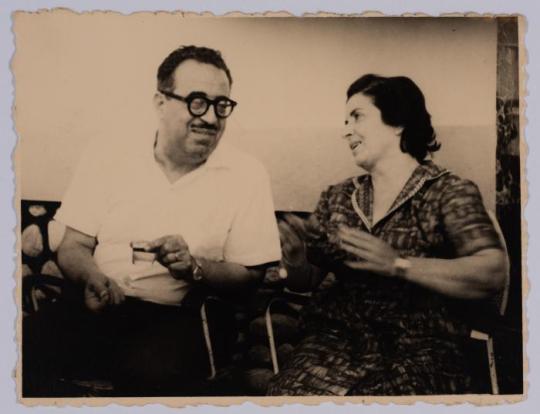

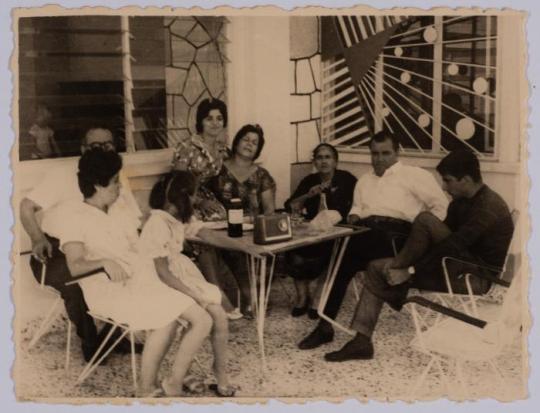






Palestinian family reunion in Cyprus, 1960s.
Taken in 1961, these photographs show Hanna Nakkarah’s Family during their first gathering following the 1948 Nakba.
Image source and information provided by Na'ela Nakkara (Daughter of Hanna Nakkara). "Hanna Nakkara Collection". Interview with Nadine Ghawanmeh and Noor Abu Khdeir. 19 April 2021. The Palestinian Museum Digital Archive.
#cyprus#cypriot#cyprus history#cypriot history#palestine#palestinian#palestinian history#cyprus archive#palestinian cypriots#history#photography#palestine archive
158 notes
·
View notes
Text



A CYPRIOT BICHROME-WARE POTTERY JUG
CYPRO-ARCHAIC I, CIRCA 750-600 B.C.
#A CYPRIOT BICHROME-WARE POTTERY JUG#CIRCA 750-600 B.C.#pottery#ancient pottery#ancient artifacts#archeology#archeolgst#history#history news#ancient history#ancient culture#ancient civilizations#ancient cypress#ancient Cyprus#ancient cyprus#cyprus history#cyprus art
21 notes
·
View notes
Text
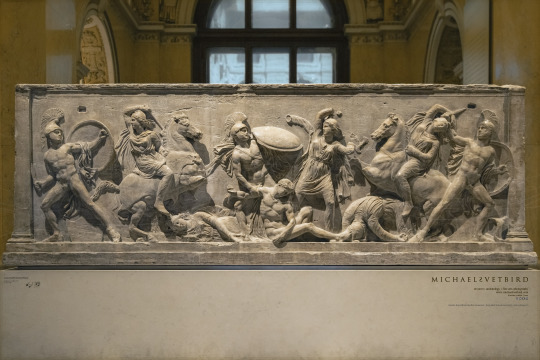

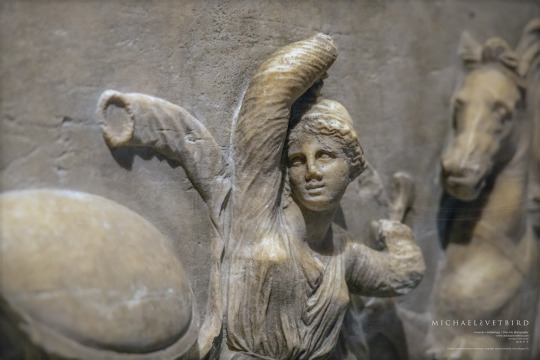
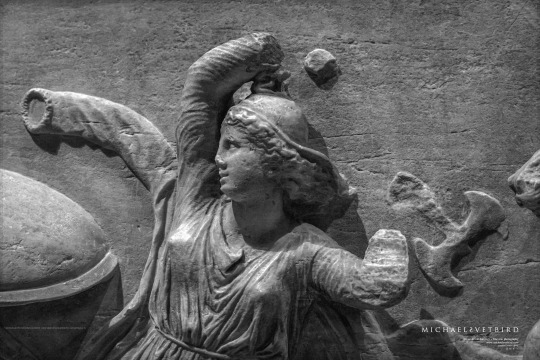

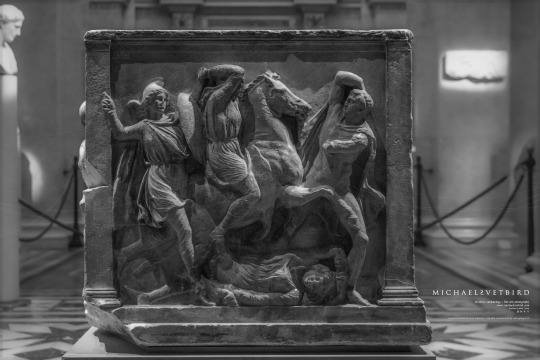
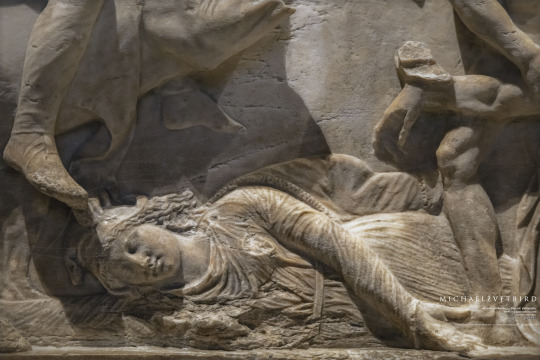
AMAZONOMACHY Sarcophagus
From Soli, Northern Cyprus [found in 1557]
https://en.wikipedia.org/wiki/Soli,_Cyprus
Hellenistic period, 2nd half of the 4th c. BC
Marble
Provenance and additional data:
https://www.khm.at/objektdb/detail/50832
KunstHistorisches Museum, Vienna | KHMV
["Ancient Greece and Rome", Saal XI]
• Web : https://www.khm.at/en
• FB : https://www.facebook.com/KHMWien
• IG : @kunsthistorischesmuseumvienna
KHMV | Michael Svetbird phs©msp | 08|23 6300X4200 600 [I.-VII.]
The photographed object is collection item of KHMV, photos are subject to copyright.
[non commercial use | sorry for the watermarks]
📸 Part of the "SARCOPHAGI:Reliefs" MSP Online Photo-gallery:
👉 D-ART:
https://www.deviantart.com/svetbird1234/gallery/69396046/sarcophagi-reliefs
👉 FB | Album:
https://www.facebook.com/media/set/?set=a.843393602695885&type=3
.
#vienna#kunsthistorisches museum#history museum#archaeological museum#sarcophagi msp#sarcophagus#ancient sculpture#ancient art#antiquity#ancient#cyprus#archaeology#museology#greek mythology#art history#hellenistic#amazons#αμαζόνες#amazonen#amazzoni#amazones#oiorpata#warrior women#amazonomachy#photo gallery#art photography#archaeology photography#sculpture photography#museum photography#michaelsvetbird
109 notes
·
View notes
Text
This sarcophagus, from fifth-century Cyprus, shows a parade of chariots. Check out the little parasol over the head of the most important person, and the traces of 2,400-year-old paint that still remain:

{Buy me a coffee} {WHF} {Medium} {Looking Through the Past}
Much more on the history of the chariot:
92 notes
·
View notes
Text

Moveable bronze cauldron pedastal, Cyprus, circa 1200 BC
from The State Museum of Berlin
340 notes
·
View notes
Text

~ Votive statue of a man.
Culture: Cypriot
Period: Iron Age, Archaic
Date: 550-525 B.C.
Place of origin: Pyla, Cyprus
Medium: Limestone; remains of paint
#ancient#ancient art#history#museum#archeology#ancient sculpture#ancient history#archaeology#votive statue of a man#statue#Cypriot#pyla#cyprus#a#archaic#iron age#550 b.c.#500 b.c.
647 notes
·
View notes
Text

Terracotta relief from Cyprus, depicting a warrior. Artist unknown; 1st cent. BCE. Now in the Metropolitan Museum of Art.
#classics#tagamemnon#Ancient Greece#Hellenistic period#Cyprus#Ancient Cyprus#ancient warfare#art#art history#ancient art#Cypriot art#Greek art#Ancient Greek art#Hellenistic art#sculpture#relief sculpture#terracotta#Metropolitan Museum of Art
430 notes
·
View notes
Text
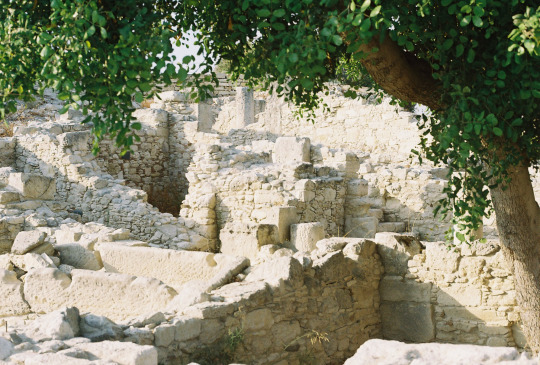

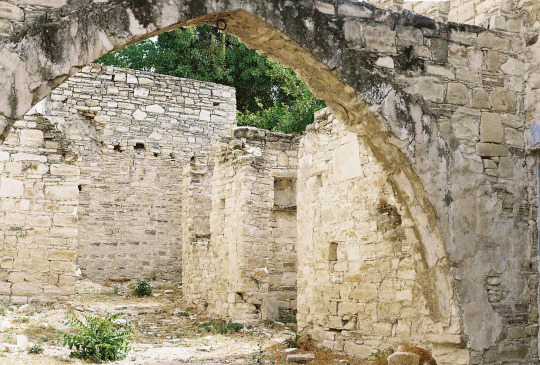
My inspiration for the poem Forgotten Myths was partially my visit to Cyprus last year. These analog photographs were taken on the site of ancient cities and temples, and as the buildings were crumbling to dust, nature is flourishing and covering what was once hers 🌹
#analog photography#photography#cyprus#poetry#poem#ancient history#greek mythology#nature#nature photography#history
98 notes
·
View notes
Text

Don McCullin. Cyprus crisis. 1964
I Am Collective Memories • Follow me, — says Visual Ratatosk
#BW#Black and White#黒と白#Schwarz und weiß#Noir et blanc#Preto e branco#vintage#retro#retrô#millésime#rétro#antik#ヴィンテージ、レトロ#Don McCullin#Cyprus#1964#1960s#60s#history#histoire#história#Geschichte#歴史#historical#historisch#histórico#historique#street photography#Photographie de rue#Strassenfotografie
12 notes
·
View notes
Photo
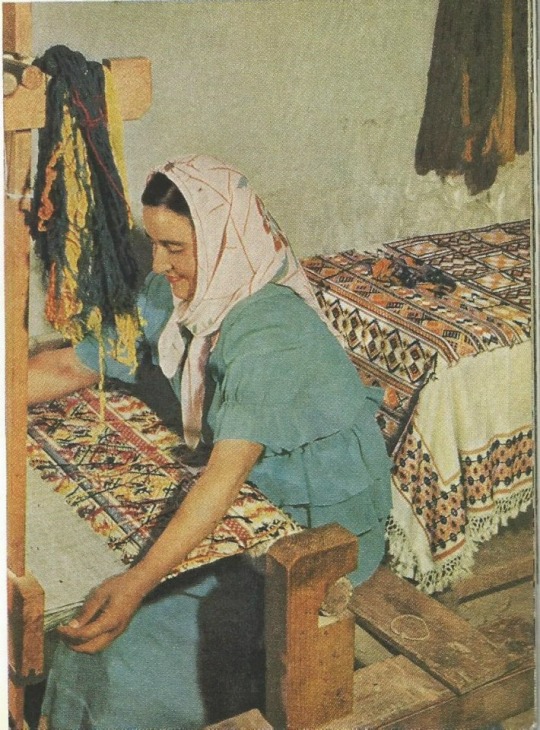
Επί τω έργω, φτιάχνοντας τα παραδοσιακά κυπριακά κεντήματα. Πολλά από αυτά υπάρχουν σε πολλά σπίτια ακόμη και σήμερα, καθώς η αξίας τους είναι διαχρονική. (1928)
Greek Cypriot woman at work, making traditional Cypriot embroidery. Many exist in many homes even today, as their value is timeless. (1928)
#hellas#kinda#since the woman is hellenic i want to have it in the tag#cyprus#greek history#cypriot history#weaving#textiles#embroidery
368 notes
·
View notes
Text

Map depicting the Kingdom of Alashiya in the 15th century BC. Map by Simeon Netchev.
Learn more / Daha fazlası
https://www.archaeologs.com/w/alashiya/
#archaeologs#archaeology#archaeological#dictionary#history#alashiya#kingdom#kingdom of alashiya#cyprus#kıbrıs#mediterranean#akdeniz#mediterranean archaeology#akdeniz arkeolojisi#arzawa#hittite#bronz age#tunç çağı
15 notes
·
View notes
Text


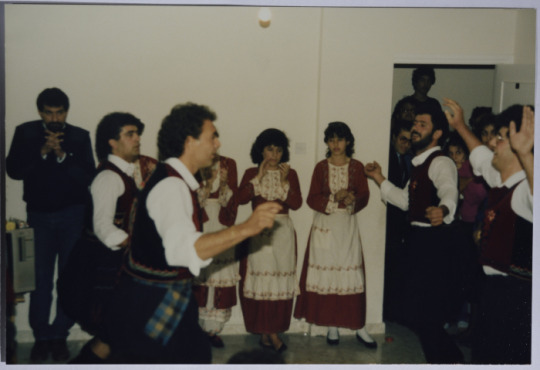



Coloured photographs of a celebration held by the Union of Cyprus Youth for the Wounded from the war on Lebanon while receiving treatment in Cyprus.
Image source and information by Samar Ozrail, "The Palestine Red Crescent Society Collection". Archival Inventory. 30 April- 5 June 2018. The Palestinian Museum Digital Archive.
#cypriot#cyprus#archive#history#photography#union of cyprus#lebanese civil war#lebanese history#cyprus archive#cypriot traditional clothes#cypriot clothes#cypriot dance#cyprus history#cypriot history
53 notes
·
View notes
Text
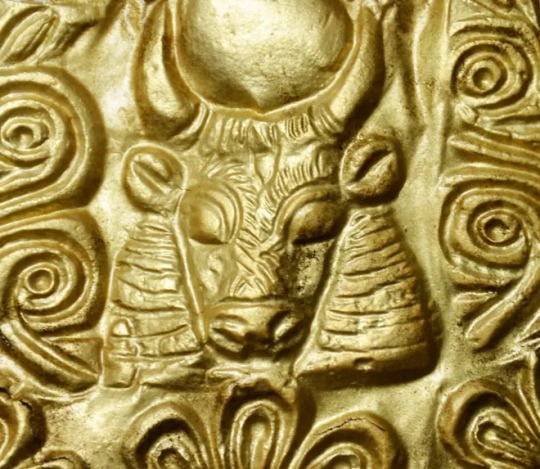
Tombs Rich in Artifacts Discovered in Cyprus
An archaeological expedition from Sweden's University of Gothenburg has uncovered tombs rich in artifacts and antiquities in Cyprus that makes the discovery among the richest ever found in the Mediterranean region.
Peter Fischer, the leader of the expedition and a professor of archaeology at the University of Gothenburg, said “considering the richness of the grave goods, it is a reasonable assumption that these were royal tombs, even though we do not know much about the form of government practiced in the city at the time."
Fischer believes that the artifacts, found just outside the Bronze Age trading city of Hala Sultan Tekke, indicate the tombs' occupants ruled the city, which was a center for copper trade between 1500–1300 BCE. The tombs, located outside the 50-hectare city, consist of underground chambers of varying sizes, accessed via a narrow passage from the surface.
Cyprus' Department of Antiquities, in an update posted to their website, noted: "The city’s wealth seems to have been based on the production of copper and trade with near and distant cultures. Judging by the rich burial gifts, the tombs belonged to families of the city’s ruling class who took part in the export of copper and intercultural trade."
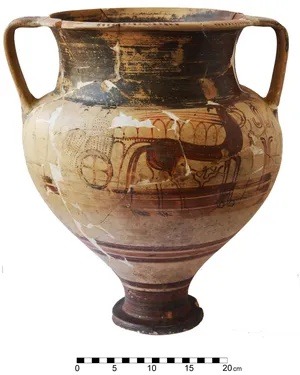
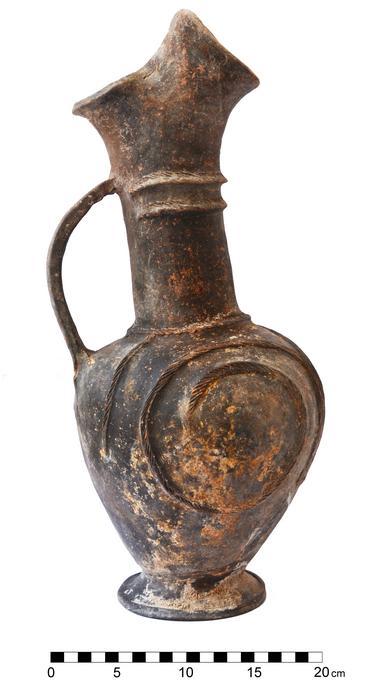
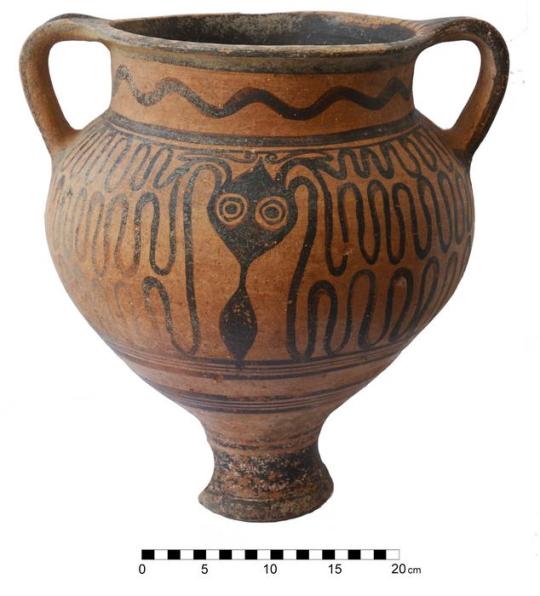
Unearthed artifacts include imports from Egypt, Baltic region
The Swedish Söderberg expedition has been carrying out excavations in Hala Sultan Tekke near the city of Larnaca on the south coast of Cyprus since 2010. Though the expedition has previously found chamber tombs with valuable grave goods, the latest discovery is unprecedented given the superb quality and quantity of artifacts.
“We found more than 500 complete artifacts distributed among two tombs. Many of the artifacts consist of precious metals, gems, ivory and high-quality ceramics," Fischer said.
About half of the artifacts unearthed during the expedition are believed to have been imported from different civilizations. For example, gold and ivory came from Egypt while precious stones, such as blue lapis lazuli, dark red carnelian and blue-green turquoise, were imported from Afghanistan, India and Sinai respectively. Amber objects from the Baltic region were also found among the artifacts.
The Department of Antiquities said that three chamber tombs, preliminarily dated to the 14th century BC, were exposed. While one of them had been looted, most likely in the 19th century AD, the other two were "undisturbed", apart from the collapse of their chambers.
Items recovered from those include locally produced pottery and ornaments and numerous items of jewelry such as diadems, which are ornamental headbands. Embossed images of bulls, gazelles, lions and flowers adorn the diadems. Bronze weapons, some inlaid with ivory, were also recovered as well as a gold-framed seal made of the hard mineral hematite with inscriptions of gods and rulers.
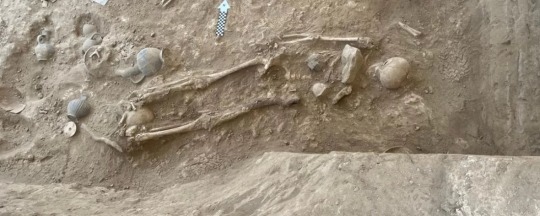
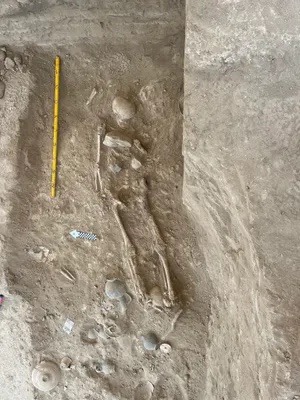
"Several items of ivory and faience are imports from Egypt during the famous 18th Dynasty, the time of the well-known pharaohs Thutmose III, Amenophis IV (Akhenaten) and his wife Nefertiti," said the department.
The excavation team used magnetometers, a type of instrument that can produce images showing objects and structures up to two meters beneath the surface, to carry out their expedition, according to the university.
Besides artifacts, the research team also unearthed several well-preserved skeletons in the tombs including one of a woman surrounded by dozens of ceramic vessels, jewelry and a round bronze mirror. A one-year-old child with a ceramic toy also lay beside her.
By Saman Shafiq.
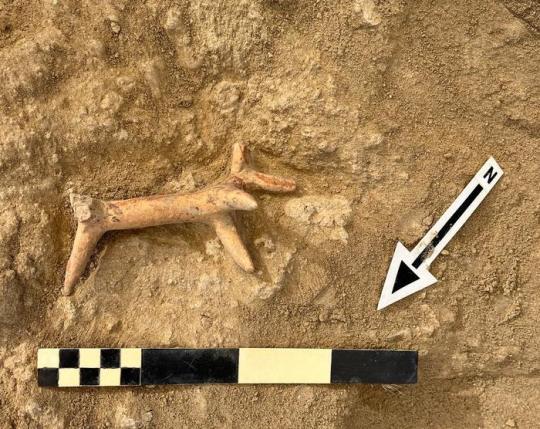
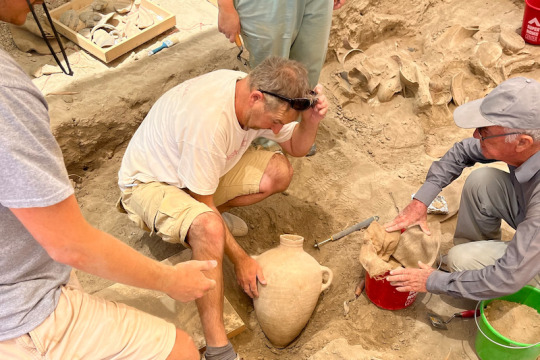
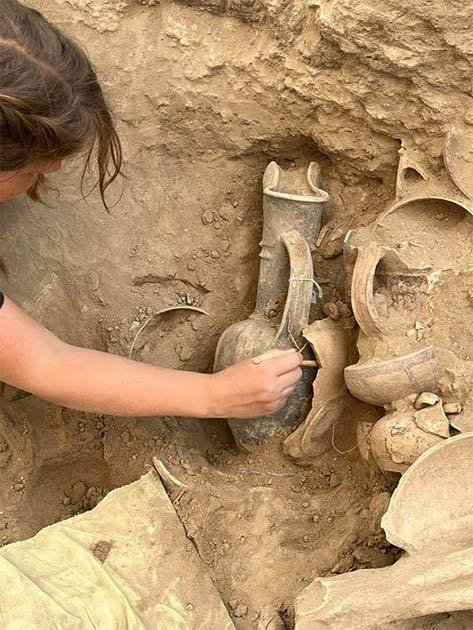
#Tombs Rich in Artifacts Discovered in Cyprus#Bronze Age city of Hala Sultan Tekke#ancient tomb#chamber tombs#ancient graves#ancient artifacts#archeology#archeolgst#history#history news#ancient history#ancient culture#ancient civilizations
39 notes
·
View notes
Text
I've come to dislike how non Greeks (most likely native English speakers because I've seen this happening mostly by them, but of course they're not the only ones) who have taken like 1 or 2 years of Greek or Ancient Greek at university, carry themselves as they've now become very educated on the language and the culture as well, and they're treated as such by everyone!
Like, I believe Tom Hiddleston claims to speak Ancient Greek, or maybe others have claimed that for him but, my dude, the Erasmian pronunciation is wrong.
And just last night, I finished Stephen Fry's book called Mythos and in the end, there is a guide on how to pronounce the names which can be limited to "Just do it the way it's easier for you, Greeks do it their way, Brits and Americans do it their way, there is no correct answer." No. I've been taking English lessons since I was 3, but still mispronounce and mispell a lot of stuff. You don't see me coming and making comments on the correct way to speak English, so maybe don't comment on the correct way to speak Greek, since you're not a native speaker.
And last but not least, dishonorable mention to the author Monica Gutierrez, who in one of her books, through a character that, if I'm not mistaken, is an archaeologist, says that the Parthenon Marbles that were stolen from us and are currently in the British museum don't have to return to Greece, because 'they belong to the whole world'. They belong to the whole world, but they were made here, and I, a Greek person, have to buy a ticket to England in order to see them, because a British smuggler got the permission to take them away, by the people who had us enslaved for 4 centuries. And to this day, the British keep on using stupid excuses because they don't want to give them back!
And yet, those are the people whose voices and work will get picked over the work of actual native people. For example, there is a Greek youtuber that is an archaeologist and makes videos about mythology (sometimes he does videos on Scandinavian and Egyptian mythologies too, I hope those are accurate) and ancient art and he has just released a book. I highly doubt his book will get picked by publishers, to get translated in other languages and be released outside of Greece, even though I encourage you to check him out.
I don't claim that this happens only to Greek people/language/culture, but it's the only one I can comment on ☺
#scorpion-flower#we were the kings and the queues#greece#aegean sea#greek islands#cyprus#greek#greek history#greek post#greek aesthetic#greek mythology#greek status#crete#ancient greek#ancient greece#ancient greek theater#ancient greek art#ancient greek memes#ancient greek mythology#erasmus was dutch and someone i know has claimed that erasmus believed that greeks have ruined their language#yes dutch person please enlighten us poor greeks on how to properly speak our language#but even if that's not what he believed#the erasmian pronunciation is wrong#i am especially disappointed by fry#tom hiddleston#stephen fry#mythos#greek mythos#parthenon marbles
73 notes
·
View notes
Text
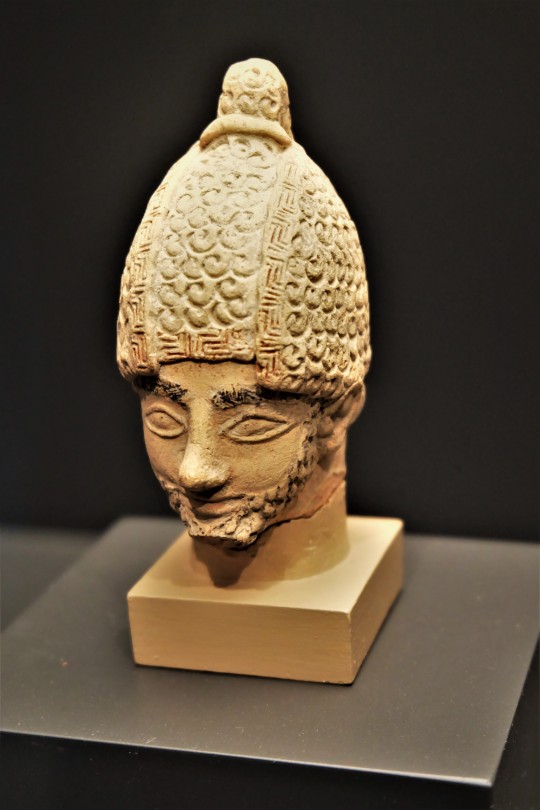
Warrior Clay Figurine of the Assyrian Empire from Cyprus dated between 600-550 BCE on display at the CaixaForum in Madrid
This high status Cypriot warrior has a thick curly beard and bushy eyebrows 'feathered' in the Assyrian fashion. His conical helmet is in the Assyrian style and is covered in spirals to suggest decoration.
Photographs taken by myself 2019
110 notes
·
View notes
Text
happy cyprus independence day!! 🇨🇾
the country is still plagued with the british send help
13 notes
·
View notes